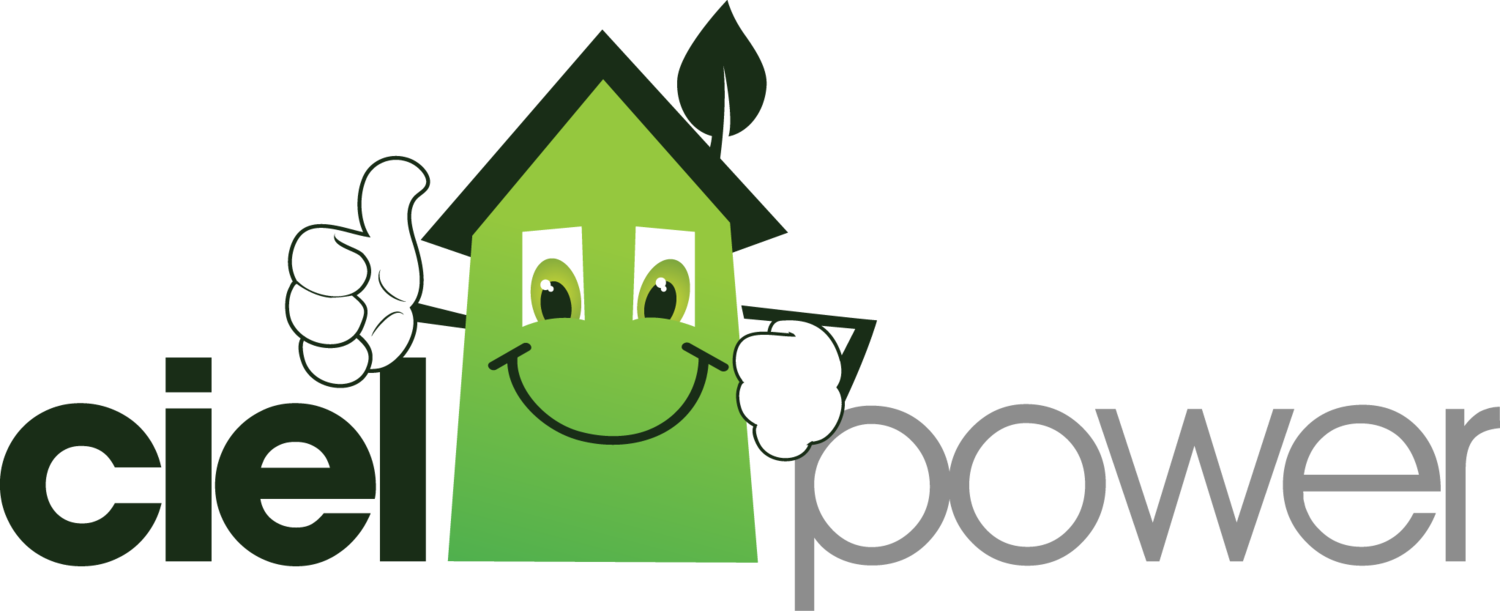10 Surefire Tips To Improve the Comfort and Energy Efficiency of Your Home
From staying warm and comfortable on cold winter nights to managing energy costs as part of a household budget, these professional tips are guaranteed to bring comfort and energy-efficiency to your home:
1) Air-Sealing
Often overlooked, air-sealing is the most important part of a properly insulated home. Seal plumbing and electrical penetrations, top plates, vent stacks, and any other penetrations that might allow conditioned air to escape from the home.
2) Prioritize Your Attic
If you only insulate one part of your home, make the attic your priority. Proper attic insulation will make a noticeable difference in the comfort level of your home during winter and summer months.
3) Don't Forget The Basement
During cold winter months, convection causes cold damp air to be pulled in through the lower level of your home. Properly insulating the rim joist of your home will slow the convection process and improve comfort and indoor air quality.
4) Exterior Walls
Exterior walls represent the largest volume of square footage exposed to the elements in most homes. Properly insulating the exterior walls of your home will yield a tremendous comfort and efficiency benefit. Choose a professional experienced with working with your siding type.
5) Choose Materials Wisely
Selecting insulation materials can be a daunting task. Seek out products containing natural and recycled ingredients. Products that offer higher R-values per inch as well as resistance to air movement are preferable.
6) Insulate To Proper Levels
Preferred insulation levels vary throughout the country. In the northeast, the Building Performance Institute recommends R-50 on the attic flat, R-38 on the attic slope, and R-13 in exterior walls.
7) Safety First
Before air sealing and insulating your home, have a certified professional examine the combustion appliances in your home (heating system, hot water heater, and stove) to ensure they are exhausting properly and CO levels are within proper ranges.
8) The Construction of Your Home
Check out the construction of your home before beginning an insulation project. Older homes often have "balloon framing" which means a dime dropped from the attic will often land on the basement floor. Block off these voids to prevent insulation from escaping its intended placement.
9) Be Aware of Potential Hazards
Examine the different systems in your home to determine if insulation may cause an adverse effect. Do you see "knob and tube" type wiring? Don't insulate it. Is your furnace using a wall cavity as a supply air duct? Don't insulate the cavity. Closely examine the areas you are insulating to ensure there are no unwanted consequences to your insulation project.
10) Recessed Lighting
Your recessed lighting is likely acting as a chimney, providing a conduit for conditioned air in your home to escape to the outdoors. There are a variety of products on the market specifically designed to block this type of air transfer. Consider installing these products during your insulation project. Other sources include upgrading housings to newer ICAT (insulation contact air tight) versions, or installing LED retrofit kits to slow the transfer of air. Don't apply insulation in direct contact with recessed lights unless your fixture is IC (insulation contact) rated.
Conclusion
Hopefully these 10 tips have inspired you to upgrade your home's insulation. Remember to properly air-seal beneath any newly installed insulation for maximum benefit.
Have you utilized any of these strategies? Let us know how it went in the comment section below!
Need help with your home? Our Home Energy Audit includes a comprehensive examination of insulation levels in your home along with recommendations and available incentives.

